Chemical ecology
Introduction
Chemical ecology is a scientific discipline that studies the role of chemical interactions in the behavior and ecology of organisms. It is a multidisciplinary field that incorporates aspects of biology, chemistry, ecology, and ethology. The field is primarily concerned with the identification, synthesis, and function of chemicals (or semiochemicals) that carry information, and the responses of organisms to these chemicals.
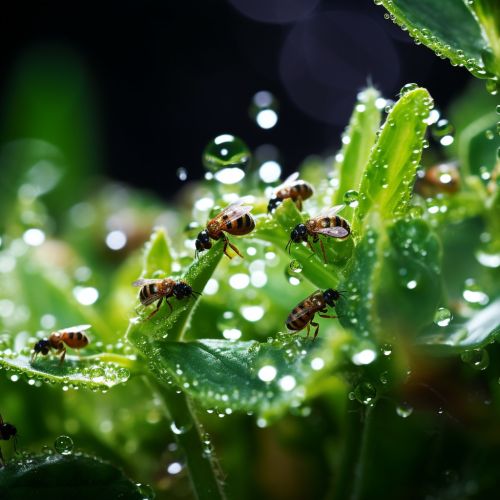
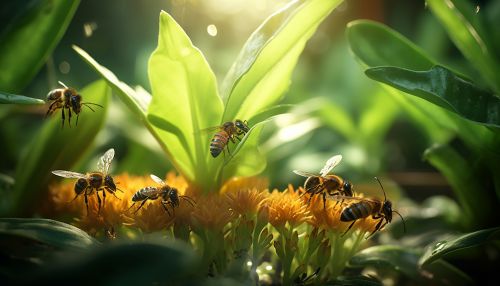
History
The concept of chemical ecology was first introduced in the mid-20th century, although the study of chemical interactions between organisms predates this. Early studies focused on plant defense mechanisms against herbivores, and the role of pheromones in insect behavior. Over time, the field has expanded to include studies on a wide range of organisms, from bacteria to mammals, and has made significant contributions to our understanding of ecology and evolution.
Chemical Signals
Chemical signals, or semiochemicals, play a crucial role in the interactions between organisms. These chemicals can act as allelochemicals, which affect the survival and reproduction of other species, or as pheromones, which affect the behavior of the same species. The study of these chemicals and their effects forms a significant part of chemical ecology.
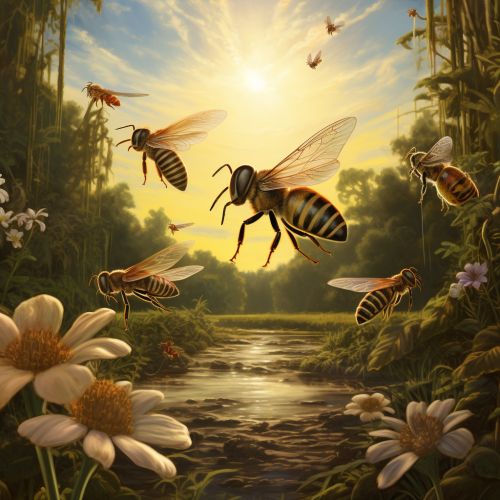
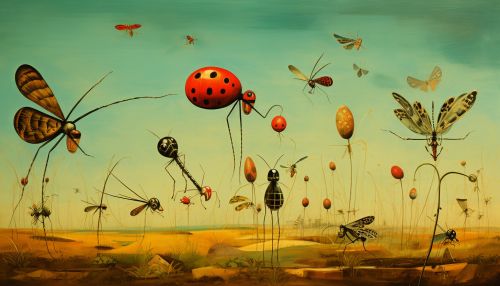
Chemical Defense
Many organisms use chemicals as a form of defense against predators or competitors. These chemicals can act as toxins, deterrents, or repellents. The study of these defensive chemicals, their synthesis, and their effects on other organisms is a key aspect of chemical ecology.
Chemical Communication
Chemical communication is a form of communication that uses chemicals to transmit information. This form of communication is common in many organisms, including insects, plants, and mammals. Chemical communication can involve a wide range of chemicals, from simple volatile compounds to complex proteins.
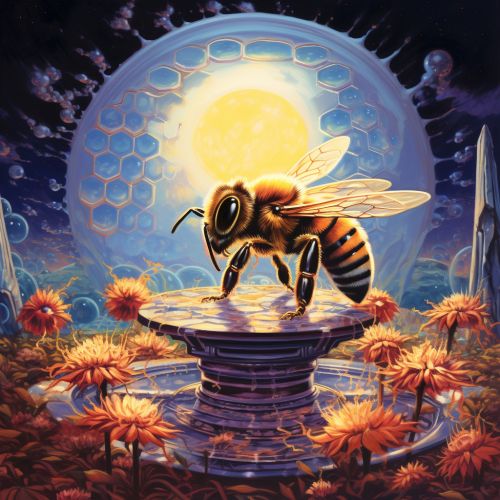
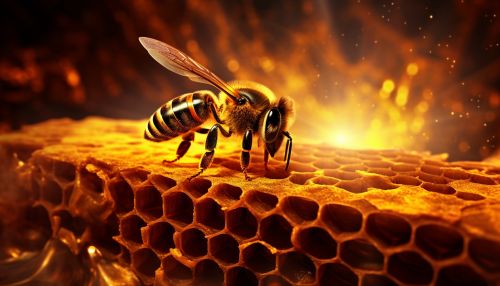
Applications
The principles of chemical ecology have been applied in a variety of fields, including agriculture, pest management, medicine, and conservation. For example, understanding the chemical interactions between plants and pests can inform the development of more effective and sustainable pest management strategies.


Future Directions
The field of chemical ecology continues to evolve, with new technologies and methodologies enabling more detailed and comprehensive studies. Future research in this field is likely to further our understanding of the complex chemical interactions that shape the behavior and ecology of organisms.
